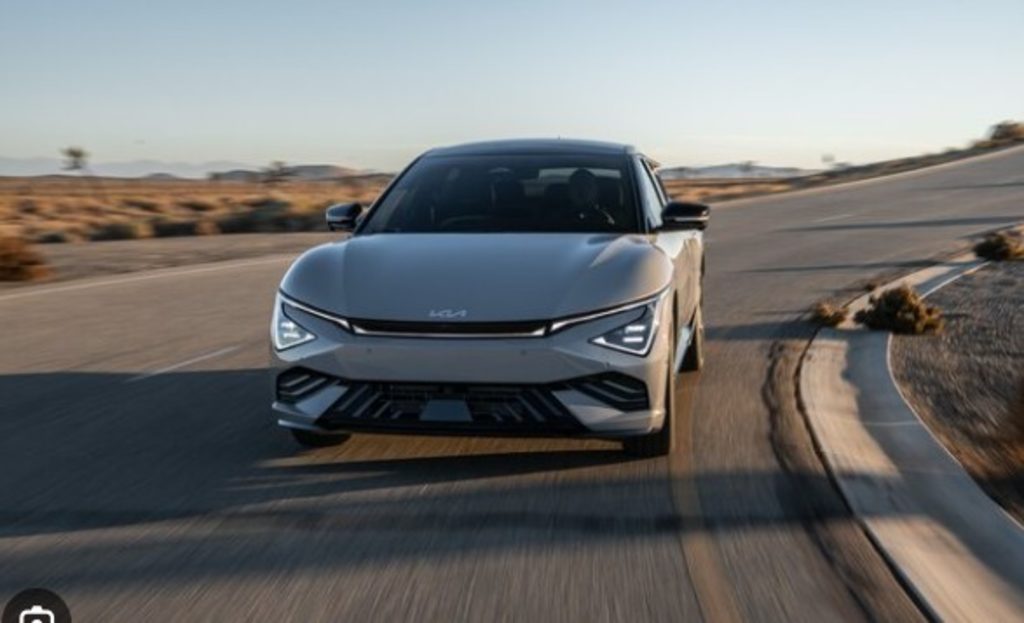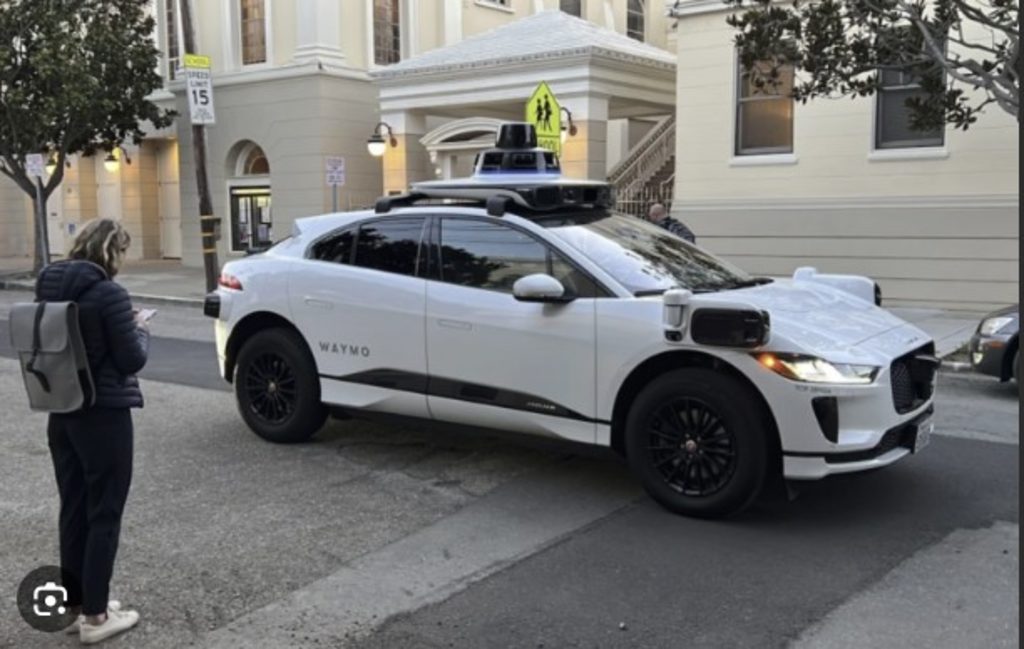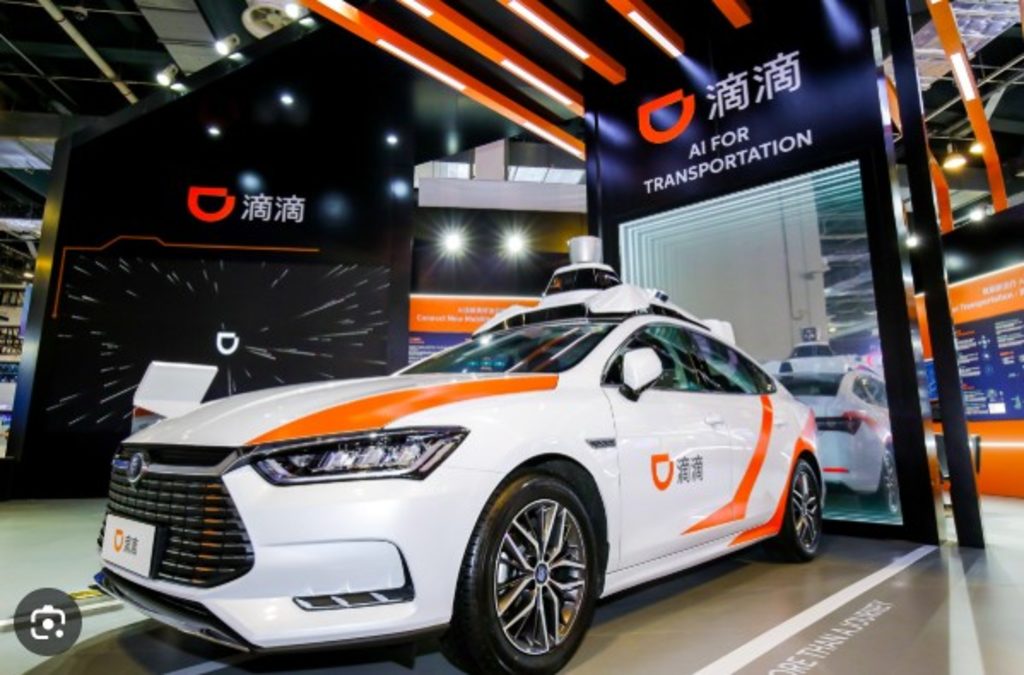Autonomous vehicles, or self-driving cars, are designed to operate without human input by using a combination of sensors, artificial intelligence, and real-time data.
According to www.europcar.com, as of 2025, self-driving cars are no longer experimental and are used daily in select locations.
While public fleets lead the way, private ownership of autonomous vehicles remains limited and gradual. Widespread adoption is still in progress, with mainstream integration yet to be fully realised.
They are classified under SAE International’s Levels of Driving Automation, ranging from level 0 (no automation) to level five (full autonomy). Currently, most consumer vehicles fall under level two, where the car can handle steering, acceleration, and braking but still requires constant human supervision.
Some advanced prototypes, particularly in ride-hailing services, have reached level four—vehicles capable of fully driving themselves within specific conditions or geofenced areas.
No vehicle on public roads has achieved level five, or full autonomy, where the car could operate in any condition without any human involvement.
Despite significant advancements, human oversight remains essential in all commercially available models, as fully autonomous vehicles are still in the development and testing phases.
How do self driving cars work?
Autonomous vehicles rely on multiple technologies working together: lidar creates 3D maps, radar detects object speed and location, cameras interpret signs and lanes, ultrasonic sensors assist with parking, and GPS with HD maps provides precise positioning.
These inputs are processed by powerful onboard computers using AI and machine learning to make real-time driving decisions.
Different companies take varied approaches—Waymo (owned by Alphabet) uses lidar, radar, and detailed maps, operating robotaxis in Phoenix and Los Angeles. Tesla, in contrast, uses only cameras and neural networks in its “Full Self-Driving” system, which, as of early 2025, remains at level two autonomy.
What are the real benefits of self driving cars?
*Less traffic, more flow
Autonomous vehicles promise smoother, more efficient traffic flow by maintaining steady speeds and avoiding erratic behaviour.
A 2024 University of Michigan study found that even 6 per cent of connected vehicles can improve signal timing and reduce delays.
Success depends on infrastructure and communication, but AVs could greatly ease urban congestion if implemented wisely.
*Fewer accidents
Safety is probably the strongest case for autonomous driving technology. Human error—distraction, fatigue, speeding, poor judgment—is a contributing factor in the vast majority of highway accidents.
According to long-standing research, including studies cited by the National Highway Traffic Safety Administration, driver-related behaviour contributes to over 94 per cent of accidents, though rarely as the sole cause. More recent traffic safety voices, have cautioned against attributing accident causes to merely “human error” without also considering road design, vehicle safety features, or infrastructure flaws.
Though we’re a long way from completely eradicating road risk, automation would be able to prevent many of the most avoidable and frequent crash situations.
*Mobility for all
For the elderly, the disabled, or those who don’t—or can’t—drive, self-driving cars could be life-altering. Consider being able to drive to a doctor’s appointment, visit family, or just go shopping, without having to depend on another person.
In some countries, these benefits are already taking shape. Japan have autonomous shuttle services being experimented with for aging rural communities.
*Greener transport
While autonomous cars aren’t always electric, most new projects are going electric by default. Combined with smoother traffic flow, reduced idling, and efficient AI routing, AVs could significantly lower environmental impact.
This benefits cities targeting emission cuts and drivers tired of wasting time and fuel searching for parking.
AVs could greatly ease urban congestion if implemented wisely. Picture: GOOGLE

For the elderly, the disabled, or those who don’t—or can’t—drive, self-driving cars could be life-altering. Picture: WHYY



